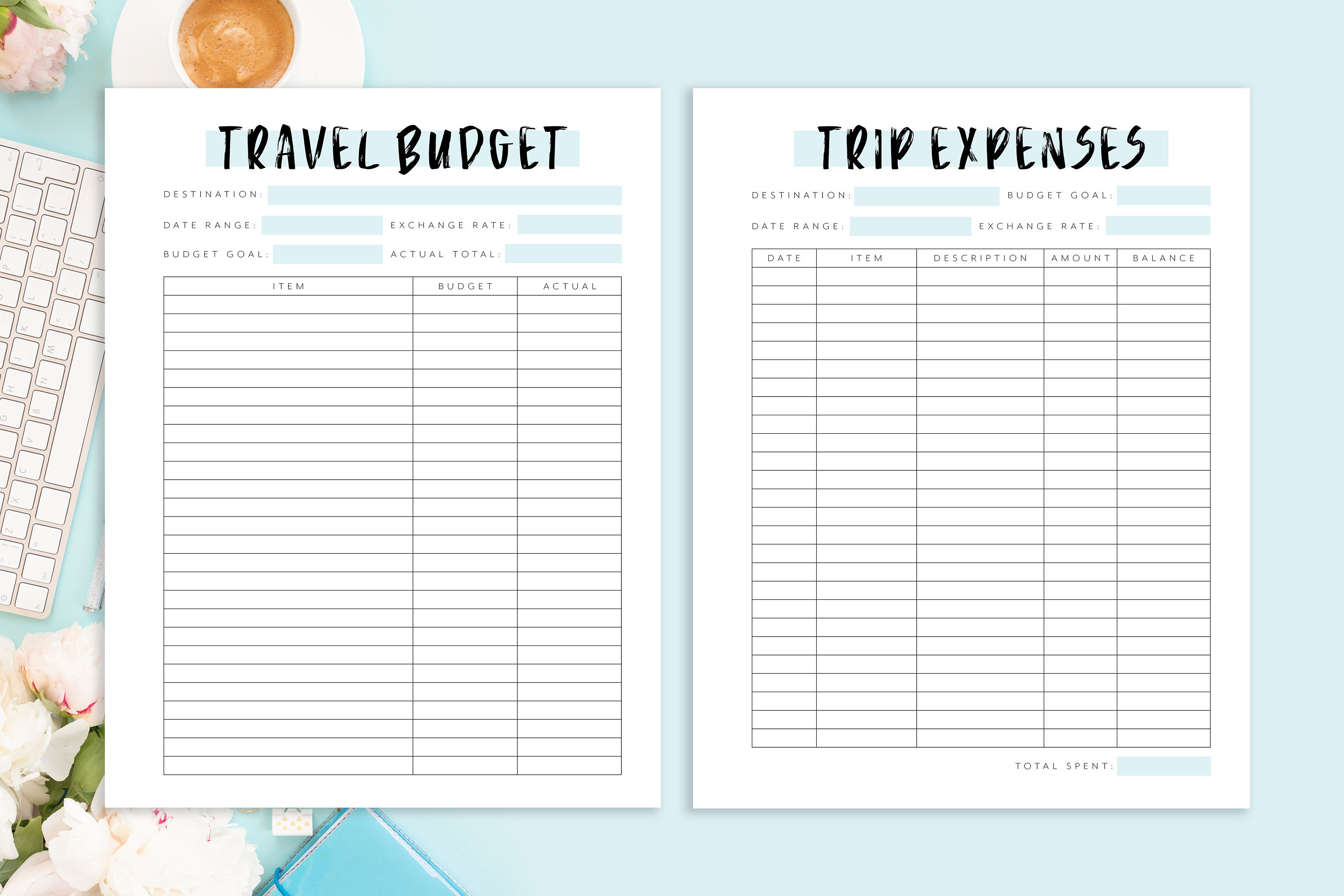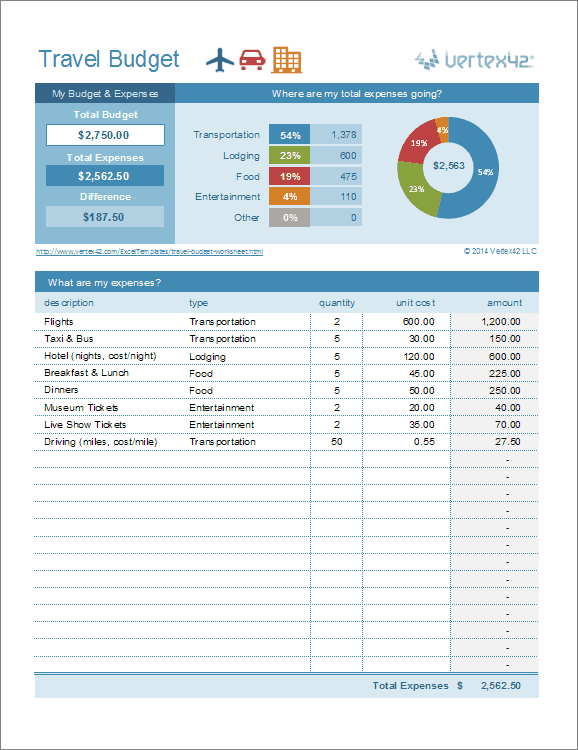Planning a trip can be fun and exciting. But it’s important to manage your money well. This is where a travel budget planner comes in. It helps you keep track of your spending. Let’s dive into the details.
Why Use a Travel Budget Planner?
Using a travel budget planner has many benefits. It helps you stay within your budget. You can avoid running out of money. And you can have a stress-free trip.
Benefits Of A Travel Budget Planner
- Helps manage your money
- Avoids unexpected expenses
- Makes your trip stress-free
- Helps you save money
- Keeps track of all expenses
How to Create a Travel Budget Planner
Creating a travel budget planner is easy. Here is a step-by-step guide to help you.
Step 1: Decide Your Destination
First, choose where you want to go. This will help you estimate your travel costs. Different places have different costs.
Step 2: Set Your Budget
Next, decide how much money you can spend. This will include your travel, stay, food, and activities. Be realistic about your budget.
Step 3: Research Costs
Now, research the costs of your destination. This includes flights, hotels, food, and activities. You can use websites and travel apps for this.
Step 4: Create A Spreadsheet
Create a spreadsheet to track your expenses. You can use Excel or Google Sheets. List all your estimated costs in the spreadsheet.
Step 5: Track Your Spending
Once you start your trip, track your spending. This will help you stay within your budget. Update your spreadsheet daily.

Credit: www.etsy.com
Categories to Include in Your Travel Budget Planner
Your travel budget planner should include several categories. Here are some important ones.
Transportation
This includes your flights, trains, buses, and taxis. Make sure to include all possible transportation costs.
Accommodation
This includes your hotel, hostel, or Airbnb costs. Don’t forget to include taxes and fees.
Food And Drinks
This includes your meals, snacks, and drinks. Include costs for eating out and buying groceries.
Activities
This includes sightseeing, tours, and other activities. Make a list of things you want to do and their costs.
Miscellaneous
This includes tips, souvenirs, and other small expenses. It’s important to include a buffer for unexpected costs.
Sample Travel Budget Planner
Here is a sample travel budget planner to help you get started.
| Category | Estimated Cost | Actual Cost |
|---|---|---|
| Flights | $500 | $450 |
| Accommodation | $300 | $320 |
| Food and Drinks | $200 | $220 |
| Activities | $150 | $180 |
| Miscellaneous | $100 | $90 |
| Total | $1250 | $1260 |

Credit: www.thetalkingsuitcase.com
Tips for Sticking to Your Travel Budget
Here are some tips to help you stick to your travel budget.
Plan Ahead
Planning ahead can save you money. Book your flights and accommodation early. Look for discounts and deals.
Be Flexible
Being flexible with your travel dates can save you money. Travel during off-peak seasons for lower prices.
Track Your Spending
Track your spending daily. This will help you stay within your budget. Use apps to make tracking easier.
Cut Unnecessary Costs
Cut costs where you can. Skip expensive restaurants and eat local food. Use public transport instead of taxis.
Frequently Asked Questions
How Do I Create A Travel Budget?
Start by listing all potential expenses. Include transportation, accommodation, food, activities, and emergency funds.
What Are The Best Tools For Travel Budgeting?
Use apps like Mint, TravelSpend, or Trail Wallet. These track expenses and help manage your travel budget efficiently.
How Can I Save Money On Flights?
Book flights early, use comparison websites, and consider budget airlines. Flexible dates can also help you find cheaper options.
What Is A Realistic Daily Travel Budget?
A realistic budget varies by destination. Generally, $50-$100 per day covers basic expenses in most places.
Conclusion
A travel budget planner is a great tool. It helps you manage your money. It ensures you have a stress-free trip. Follow the steps and tips in this guide. Enjoy your travels without worrying about money!
